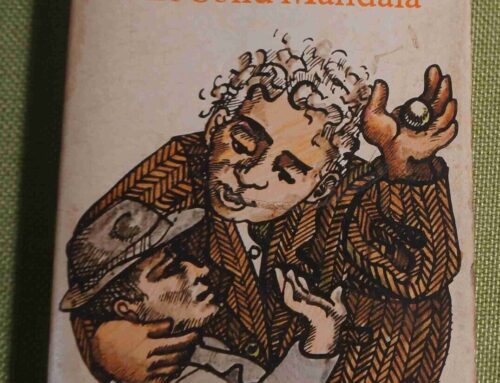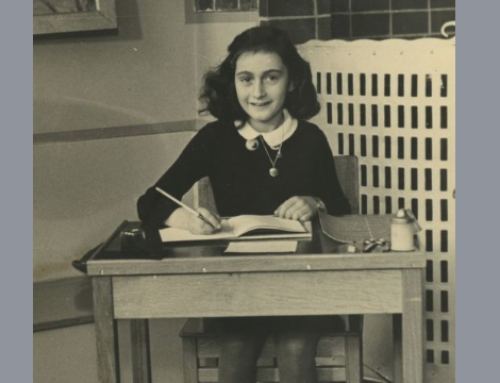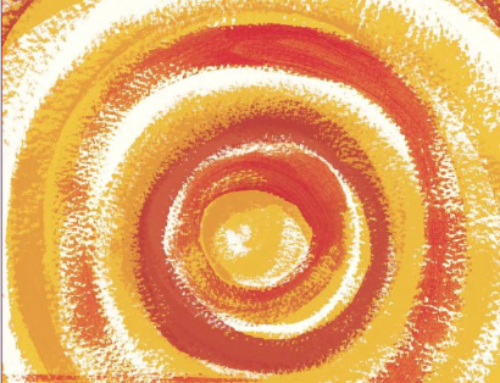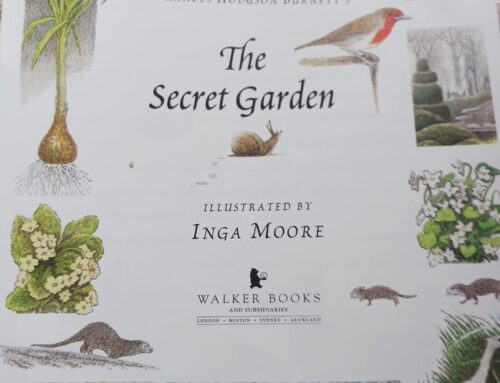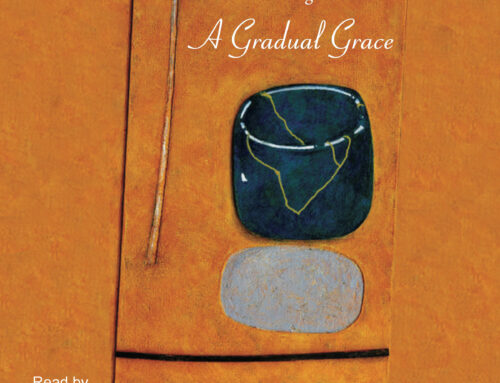Beautiful World, Where Are You is Sally Rooney’s third novel, and has disappointed many of her fans, while some, including a New York Times reviewer, claim it is her best yet. I am in the former group. I loved her first two novels, especially Normal People. So I had high expectations. The first time I read Beautiful World, I put it aside, feeling puzzled, and forgot about it for a while. Then, in an editing lull, I decided I should review it. But I didn’t have a strong enough memory of it to write a meaningful review and so I read it again.
I am none the wiser. I had fluctuating feelings as I read it; parts of it gripped me, parts thrilled me with the quality of the writing, parts bored me and turned me off. First, I’ll try to convey the quality of the writing, which has several keys. The main one, the scaffolding or mechanics of the story, is factual, literal, deadpan, with detailed descriptions of mundane acts.
A woman sat in a hotel bar, watching the door. Her appearance was neat and tidy: white blouse, fair hair tucked behind her ears. She glanced at the screen of her phone, on which was displayed a messaging interface, and then looked back at the door again. It was late March, the bar was quiet, and outside the window to her right the sun was beginning to set over the Atlantic. It was four minutes past seven, and then, six minutes past. Briefly and with no perceptible interest she examined her fingernails. At eight minutes past seven, a man entered through the door.
And so the scene of two young people meeting on an online date unfolds, with more of the same. The conversation goes back and forth, with the man, Felix, setting the pace with probing questions, not giving much of himself away, wanting to get under her skin. Helen is a writer, he works in a warehouse. The dance of intellect and gradually, desire, between them goes on throughout the book for this unlikely pair, both defensive and prickly. She is a famous novelist, a celebrity in fact, and he is what he would probably classify as a failure at life. Yet she falls in love with him and he, somewhat grudgingly, allows himself to love her.
The other writing key is literary/philosophical discourse in the form of long emails between Helen, the writer, and Eileen, her best friend. They share their existential angst and their emotional struggles and despair over the state of the world, capitalism, climate change, consumerism, and more. Eileen is a would-be writer, star arts graduate, and works as an editor for a literary magazine, but has only managed to publish one article. Her editing work is described as mechanical and pedantic.
Using the soft greasy roller on her computer mouse she skimmed over the document, eyes flicking back across narrow coloumns of text, and occasionally she stopped, clicked, and inserted or deleted characts. Most frequently she was inserting two full stops into the name, ‘WH Auden’, in order to standardise its appearance as ‘W.H. Auden’.
More of that literal, detailed, mundane prose. I wouldn’t dare write like that, even if I wanted to. I would lose any readers I might have caught before they got to the end of the first page. I cannot see what point is made by this writing, except that daily life is pedantic and habitual and we spend much of our time doing mundane things in a state of non-engagement.
By the end of the novel, I had lost patience with the two women’s circuitous self-analysis and complaints about the non-existence of a ‘beautiful world’. Yet, there are hints, especially in the narrative that follows Eileen, that life can be beautiful and she can be happy, having finally become united with Simon, who has been her friend since childhood, and with whom she has always been in love, as he has with her. Both spent several years shying away from opening their hearts and expressing their love. So Eileen, who was, as she puts it, ‘a difficult and sad person’ is happy and is pregnant, and reflects that ‘the most ordinary thing about human beings is not violence or greed but love and care.’
The other writing key, which is rarer than the pedantic and the philosophical, is where I think Rooney shines. It comes in glimpses, like the one where Felix is at a friend’s party with Alice. They go outside and have a smoke, and for a moment, we become aware of the greater world that enfolds them.
He took a drag, exhaled into the clean night air and looked back up at the house. Inside, it was bright and his friends were talking and gesturing. Around the warm yellow oblong of the patio doors was the darkness of the house, the grass, the clear black void of the sky.
I love the simplicity and lucidity of this, which shines out the more because of the mundane context. This writing key is most extended in a virtuoso chapter that is set at the wedding of Eileen’s older sister. The prose is fluid and shifting, moving from outer descriptions and inner memories and reflections of the three women, Eileen, Lola, and their mother, Mary. Woven into the shifting memories, chiefly Eileen’s, is a silver thread of lyrical glimpses of touches, sounds, sights. So here, in this passage, Eileen is reflecting on a time with Simon:
One weekend last year, they were both at home, and Simon borrowed his parents’ car to drive her into Galway. She wore a red tweed jacket with a brooch on the lapel, her hair loose around her shoulders, dark, soft, her hands lying in her lap, white like doves. They talked about their families, about her mother, his mother. She was still living with her boyfriend then [not Simon]. Driving back that night, the crescent moon lopsided and gold like a lifted saucer of champagne, the top buttons of her blouse were undone, she put her hand inside, touching her breastbone, they were talking about children, she had never wanted any before, but lately she wondered, and it was impossible for him not to think about it, he felt a hard low ache inside himself, let me do it to you, he wanted to say, I have money, I’ll take care of everything. Jesus Christ.
The muted eroticism of this tender, aching moment contrasts with the prose that describes actual sex scenes between the couples, which are extended, detailed, and deadpan, with almost no emotion conveyed.
I haven’t mentioned dialogue. This is one of Rooney’s gifts as a writer, immediate, natural, revealing all the shifts and turns of the characters’ inhibitions, defenses, and usually unexpressed desires for connection. It’s more in what they don’t say than in what they do. Many readers, especially editors that I know, complain about the lack of dialogue tags (he said, she said) and the way the dialogue is woven into the surrounding prose without markers such as new lines, indents, quote marks. For me, Rooney does it so well there is no ambiguity, and it means that the words spoken emerge seamlessly out of the supporting descriptions.
But as a whole, the structure of the novel doesn’t work for me, zig-zagging between the two women’s emails to each other, the collective scenes when they are together, and the description that aims to create a real world they inhabit.
At the end of the story, Alice reflects in an email to Eileen that her writing of her next novel has slowed to a trickle and she tries to push away the fear that she’ll never write another novel. I believe this is a projection of Rooney’s struggle with her authorial identity. I do hope she writes another one.
